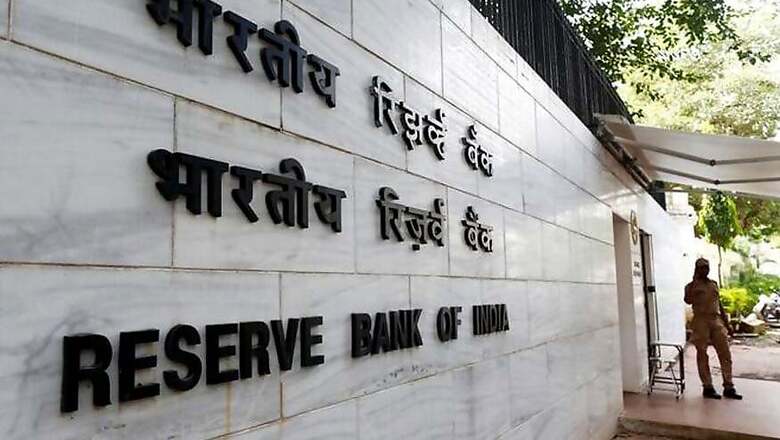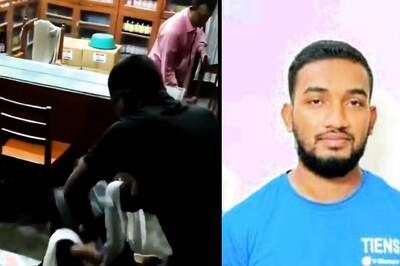
views
Mumbai: Reserve Bank of India Deputy Governor Viral Acharya has proposed setting up "bad bank"-type institutions to deal with the $133 billion in stressed assets accumulated by Indian banks after years of reckless lending.
The proposal is similar to one by the government's Chief Economic Adviser Arvind Subramanian, who has called for a bad bank.
The proposals follow actions already taken by the RBI and government, as India tries to get banks to start lending again, thus reviving clogged private investments.
Below are details about the proposals by Acharya and Subramanian, and a summary of actions taken by the RBI so far.
RBI DEPUTY GOVERNOR ACHARYA'S PROPOSAL
- Seeks private and state-run "bad banks" to buy and restructure stressed assets.
- Proposals on how to restructure assets would be presented to creditors and defaulters.
- Restructuring proposals could include write-offs and haircuts.
- Government would have the power to force through plans even if creditors, defaulters disagree.
- "Private Asset Management Co" model would be set up for metals, telecom, textiles and construction.
- State-run "National Asset Management Co" (NAMC) would deal with economically unviable long-term assets such as power and infrastructure.
- NAMC would try to revive these projects, including by bringing in private players, or decide on write-offs.
INDIAN GOVERNMENT ADVISER SUBRAMANIAN'S PROPOSAL
- Would set up a bad bank institution called "Public Sector Asset Rehabilitation Agency".
- Would have explicit mandate to maximise recoveries within a defined time period.
- Would purchase specific loans from banks and then restructure them, i.e. by converting debt to equity.
- Would work with the government to raise funds to pay for the purchased loans, including sales of government debt stock.
EXISTING RBI PROPOSALS
- Focusses first on getting banks to recognise true extent of problems under ongoing Asset Quality Review (AQR).
- Seeks to provide flexibility for banks to restructure debt through several initiatives including:
1. Making it easier to sell off stressed assets for banks and financial institutions;
2. Creation of a Joint Lenders Forum (JLF) to ease decision-making by creditors;
3. Implementation of the Scheme for Sustainable Structuring of Stressed Assets (S4A) to make debt recast easier;
4. Strategic debt restructuring (SDR) to help banks convert part of the defaulted loan into equity;
5. Allowing banks to extend repayments of loans in long-term infrastructure projects to 25 years from 15 years, with ability to refinance every five years under "5/25 scheme".




















Comments
0 comment